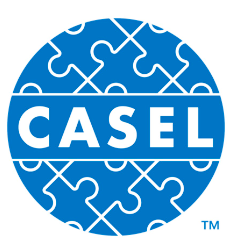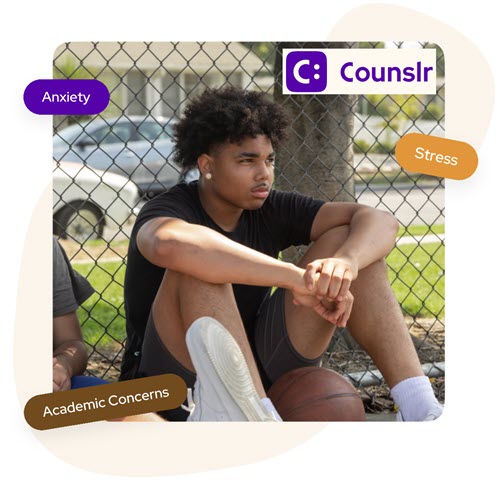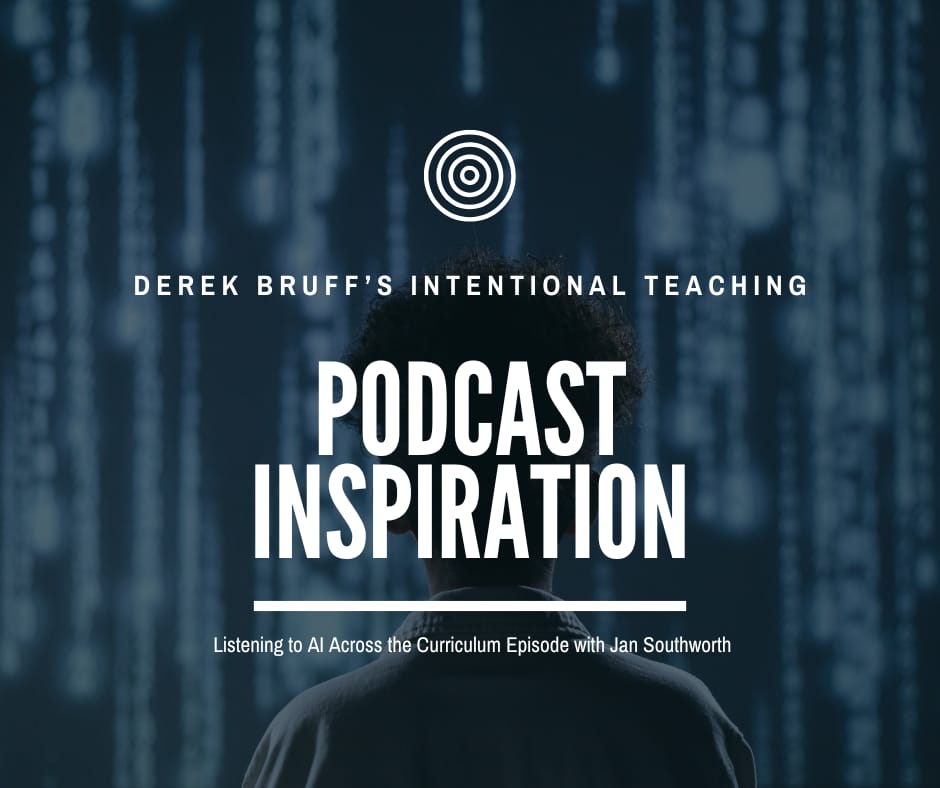Key points:
Imagine this: You assign your students a writing prompt, and while some eagerly begin crafting their stories, others stare at the blank page, muttering, “I have nothing to write,” or “I can’t think of a story.” For English Language Learners (ELLs), this scenario is even more daunting due to limited vocabulary or fear of making mistakes. In fact, studies show that a lack of confidence and linguistic resources often prevents ELLs from fully engaging in creative writing, despite their rich cultural and personal experiences.
As educators, we constantly seek ways to help students overcome these barriers. Enter artificial intelligence (AI)–a powerful tool that transforms storytelling into an accessible and engaging experience for every student. By integrating AI into storytelling, we can empower students to generate ideas, build confidence, and create compelling narratives, all while developing their language skills.
Getting started: Using AI to spark creativity
A simple and engaging way to introduce AI in storytelling is by using a writing prompt and generating an example story opening with ChatGPT. For instance, you might ask: “Write the opening to a mysterious story about an abandoned lighthouse.”
ChatGPT could respond: “The wind howled through the cracks of the abandoned lighthouse, carrying whispers of secrets long forgotten. The light, extinguished for decades, seemed to flicker faintly as if trying to tell a story no one had yet heard.”
Students can take this opening and continue the story in their own words, expanding the scene, introducing new characters, or creating a plot twist. This method not only sparks creativity but also provides ELLs with a scaffold, building their confidence to dive into storytelling.
To bring their stories to life, students can use AI image generators like DALL-E or tools like Canva to create visuals matching their narratives. For example, they could create an eerie image of the abandoned lighthouse with flickering light and stormy skies. This connection between words and visuals reinforces comprehension and engages students in the storytelling process.
The final step is sharing stories and visuals with the class. Presenting their work allows students to practice speaking, gain confidence, and showcase their creativity.
How AI enhances storytelling
AI tools offer unique opportunities to support ELLs in their storytelling journey. When
students struggle to come up with ideas, tools like ChatGPT can provide engaging prompts and vivid descriptions to spark creativity. For example, a student might request a description of a magical forest and receive a response like: “A forest bathed in golden sunlight, where trees tower like ancient guardians and the air shimmers with tiny, glowing orbs.” Such detailed imagery can inspire students to dive into their stories with greater confidence.
In addition to idea generation, AI tools help expand students’ vocabulary. ELLs can use AI to explore synonyms or alternative ways to describe scenes, enriching their language repertoire.
For instance, if a student wants to avoid repeating the word “beautiful,” the AI might suggest options like “stunning,” “captivating,” or “breathtaking,” enabling more nuanced and expressive writing.
Visual storytelling is another area where AI shines. Tools like DALL-E or Adobe Express allow students to create images that align with their narratives, making their stories come to life. For example, a student writing about a mysterious glowing orb could generate a corresponding image, blending creative thinking with visual artistry.
Once students have drafted their stories, AI-based writing assistants like Grammarly can help refine their grammar, spelling, and sentence structure. This process encourages independence and self-correction, teaching students to identify and address their mistakes while improving the overall clarity and polish of their work.
Interactive platforms like Twine take storytelling to a new level by enabling students to create “choose your own adventure” narratives. For example, students might create a mystery where readers decide whether to follow a shadowy figure or stay hidden, leading to different outcomes. This fosters critical thinking and collaboration as students craft branching storylines and engage in problem-solving to connect various plot points.
Classroom example: AI in action
In a Grade 8 ESL classroom, students were given the prompt: “Write about a strange object you find buried in your backyard.” After brainstorming ideas with ChatGPT, one student created a story about a glowing orb that transported them to another dimension. They used DALL-E to generate an image of the orb, and Twine to develop a branching narrative where the reader decides whether to touch the orb or call for help. The result was an immersive storytelling experience that combined creativity with critical thinking.
By incorporating AI tools, students not only created more engaging stories but also developed their language skills in a meaningful and enjoyable way.
Making storytelling accessible and engaging
Using AI in storytelling doesn’t just overcome barriers; it transforms the experience for students. Visual elements and interactivity keep learners engaged, while tools for grammar and vocabulary improvement build confidence. For ELLs, AI provides scaffolding and encouragement to take creative risks and express themselves authentically.
Guiding responsible AI use
While AI opens doors to creativity, teaching students to use these tools responsibly is
essential.
Students need to understand the concept of AI “hallucinations,” where AI generates
inaccurate or entirely fabricated information. For instance, an AI might describe a historical event inaccurately or create a fictional fact that seems plausible. Educators should teach students to verify AI-generated information with reliable sources.
Equally important is teaching students how to craft clear and specific prompts. For example, instead of asking, “What happens in a story?” they might ask, “Can you suggest a story idea about a character who solves a mystery in a small town?”
Modeling this process helps students see how precise wording yields better results.
Encouraging critical thinking is also crucial. Teachers can create opportunities for students to analyze AI-generated content by asking: “Does this make sense? Is it accurate? Can I verify it elsewhere?” Such discussions help students see AI as a helpful tool, but not an infallible one.
Students should also learn that AI is a partner in creativity, not a replacement for their
original thinking. They must guide the AI, evaluate its outputs, and make creative decisions to ensure their work remains authentically theirs. Additionally, students should be encouraged to credit AI-generated content appropriately to foster ethical use.
Conclusion
Storytelling is a cornerstone of language learning, offering ELLs opportunities to build
vocabulary, practice grammar, and express their ideas. With AI, the storytelling process becomes more accessible, engaging, and impactful. From generating prompts to creating visuals and refining drafts, AI supports students in overcoming challenges and discovering the joy of storytelling.
By integrating AI tools responsibly, educators empower every student to find their voice and share their unique stories with confidence. In the intersection of creativity and technology, AI has the potential to revolutionize the way we teach and learn storytelling
Nesren El-Baz, ESL Educator
Nesren El-Baz is an ESL educator with over 20 years of experience, and is a certified bilingual teacher with a Master’s in Curriculum and Instruction. El-Baz is currently based in the UK, holds a Masters degree in Curriculum and Instruction from Houston Christian University, and specializes in developing in innovative strategies for English Learners and Bilingual education.
Latest posts by eSchool Media Contributors
(see all)












